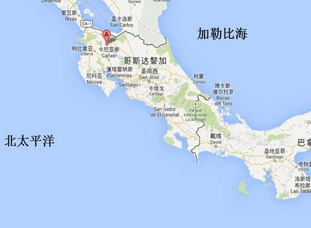tel:027-87580888
phone:18971233215
fax:027-87580883
email:didareneng@163.com
address: Inside the China University of Geosciences, 388 Lumo Road, Hongshan District, Wuhan (Wuhan)
 Research Institute Research
Research Institute ResearchThe Kalina cycle
The Kalina cycle is a thermodynamic cycle invented by Dr Alex Kalina in the United States. It uses an ammonia and water mixture for the working fluid. The main feature of the cycle is the ability of the condensing fluid to give up heat to the boiling fluid to produce a substantial improvement in efficiency compared to the Rankine cycle. This is most important when using low grade heat from geothermal sources, and offers a means of generating power from sources which would otherwise be uneconomical. The geothermal fluid (brine) is passed directly through heat exchangers, without flashing, to heat the ammonia, which then drives a turbine. Using the temperature and pressure conditions of some typical geothermal wells in New Zealand, it has been calculated that the brine required to produce 10 MW nett power output, using the Rankine cycle, produces over 13 MW nett power output, using the Kalina cycle. For comparison, the same brine output will produce only 6.5 MW nett output using a binary cycle plant such as the 'Ormat' plant. Estimated costs have been produced for the construction of a 13 MW Kalina plant for a typical geothermal steam resource, based on actual quotations for equipment in the United States, and it is shown that a Kalina plant can be built for less than $NZ2,000 per kilowatt, reducing to $1,500 per kilowatt for the 3040MW range. The designers, Exergy Inc., in the United States have a computer program which readily calculates the available power output from a given geothermal steam resource. It also calculates the ammonia/water working fluid temperatures, pressures and flow rate, the sizes of all the heat exchangers and other equipment needed for a complete power station. This enables accurate costings to be obtained for the optimum Kalina power station for a particular site.

Previous >none










